Introduction: In this article, Melissa Davenport Berry writes about President Roosevelt’s Labor Day speech in 1941 with the nation on the verge of WWII. Melissa is a genealogist who has a website, americana-archives.com, and a Facebook group, New England Family Genealogy and History.
“On this day – this American holiday – we are celebrating the rights of free laboring men and women. The preservation of these rights is vitally important now, not only to us who enjoy them – but to the whole future of Christian civilization. American labor now bears a tremendous responsibility in the winning of this most brutal, most terrible of all wars.”
–President Franklin D. Roosevelt, 1941
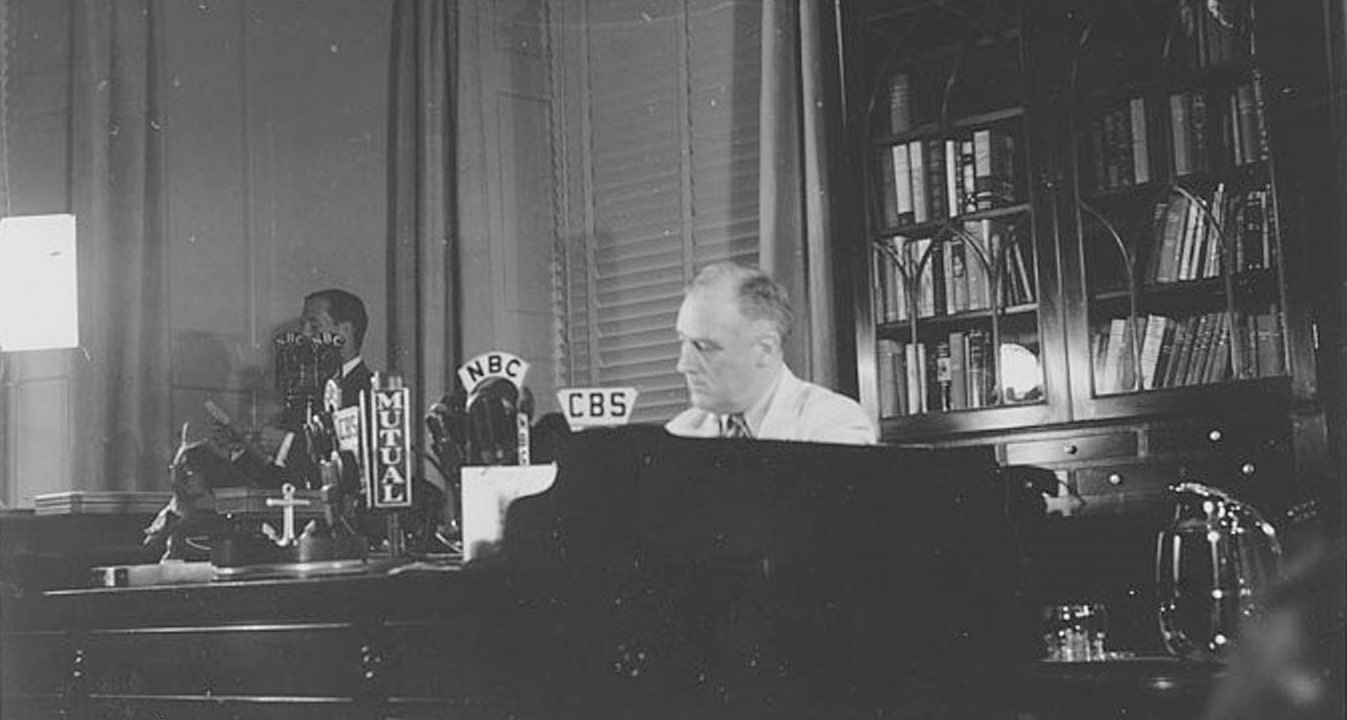
On Labor Day, 1 September 1941, President Franklin D. Roosevelt gave a radio address to the nation calling on American workers to faithfully fulfill their mission and build armaments:
“…I know that I speak the conscience and determination of the American people when I say that we shall do everything in our power to crush Hitler and his Nazi forces.”
The United States did not want to enter the war, but agreed to supply arms and supplies to its Allies. That of course was before the Japanese attack on Pearl Harbor which propelled America to enter into WW II.
President Roosevelt signed the Lend-Lease Act of 1941 which stated that the U.S. government could lend or lease war supplies to any nation deemed “vital to the defense of the United States.”
Under this policy, the United States was able to supply military aid to its foreign allies during World War II, while remaining officially neutral in the conflict. This act enabled a struggling Great Britain to continue fighting against Germany. Winson Churchill called it “the most unsordid act in the whole of recorded history.”
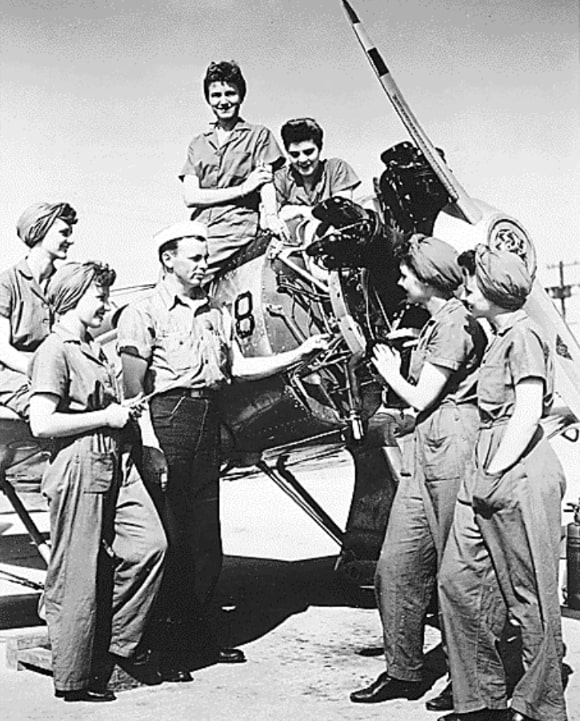
Here is a look back on that Labor Day in 1941 and how America circled the wagons to fight the evil threat to freedom and democracy. Here is how mighty manpower and lady moxie forged a fearless spirit that echoed the infamous sentiment “Don’t Tread on Me” of the American Revolution.
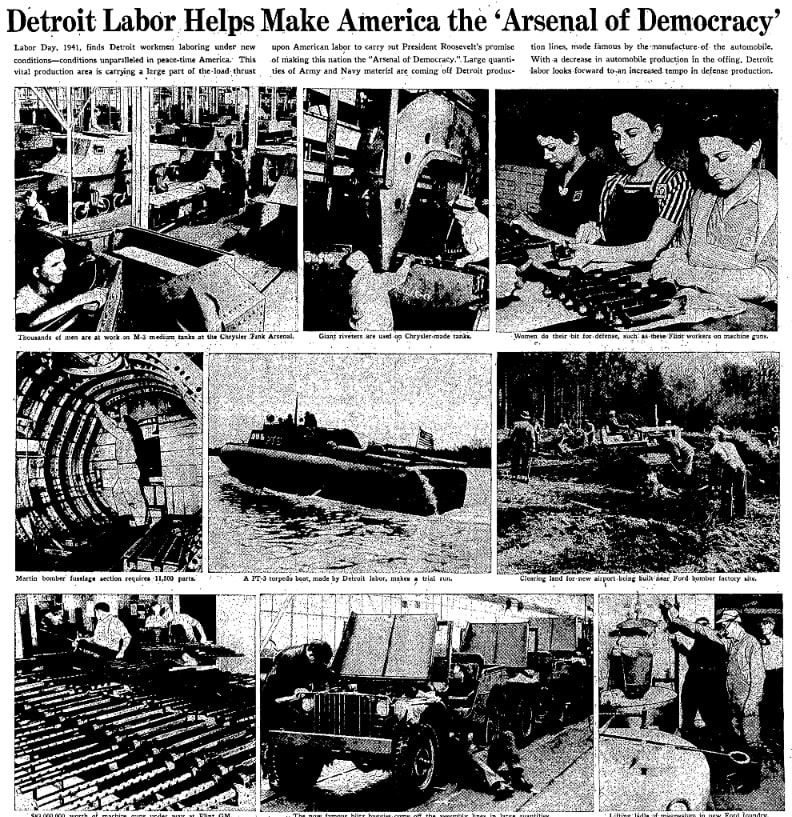
This article reports:
Labor Day, 1941, finds Detroit workmen [and women] laboring under new conditions – conditions unparalleled in peace-time America. This vital production area is carrying a large part of the load thrust upon American labor to carry out President Roosevelt’s promise of making this nation the “Arsenal of Democracy.”
Large quantities of Army and Navy materiel are coming off Detroit production lines, made famous by the manufacture of the automobile. With a decrease in automobile production in the offing, Detroit labor looks forward to an increased tempo in defense production.
This article reveals some astonishing numbers about what companies were manufacturing. For example, $83,000,000 worth of machine guns were underway at Flint General Motors, and Packard workmen were building 1350-horsepower marine engines. The Glenn L. Martin Company was making bomber fuselages which each required 11,500 parts. Chrysler was making M-3 Tanks, the working women at Flint were making machine guns, and Ford Motor Company was producing trucks and aircraft.
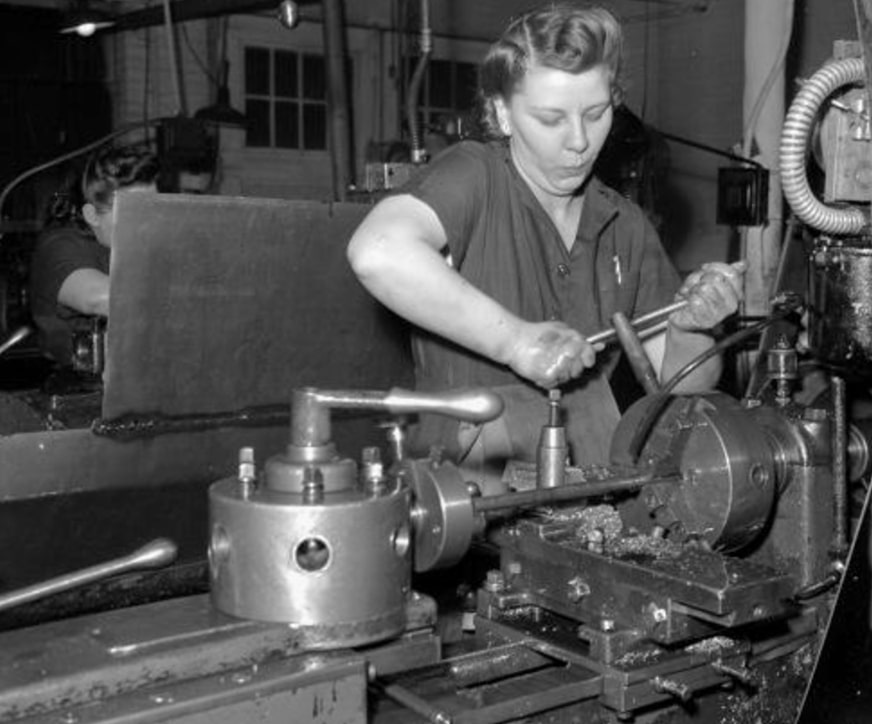
The spirit of the times was captured in this full-page spread in the Tacoma Times.
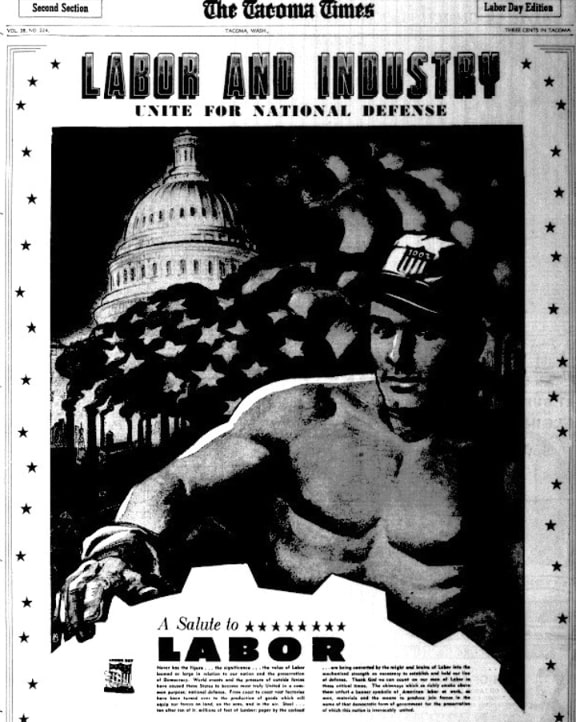
This photo caption reads:
A Salute to Labor: Never has the figure… the significance… the value of Labor loomed so large in relation to our nation and the preservation of Democracy. World events and the pressure of outside forces have caused these States to become most truly United in one common purpose, national defense. From coast to coast most factories have been turned over to the production of goods which will equip our forces on land, on the seas, and in the air. Steel… ton after ton of it; millions of feet of lumber; paper by the carload… are being converted by the might and brains of Labor into the mechanized strength so necessary to establish and hold our line of defense. Thank God we can count on our men of Labor in these critical times. The chimneys which so richly smoke above them unfurl a banner symbolic of American labor at work, as men, materials and the means to produce join forces in the name of that democratic form of government for the preservation of which this nation is irrevocably united.
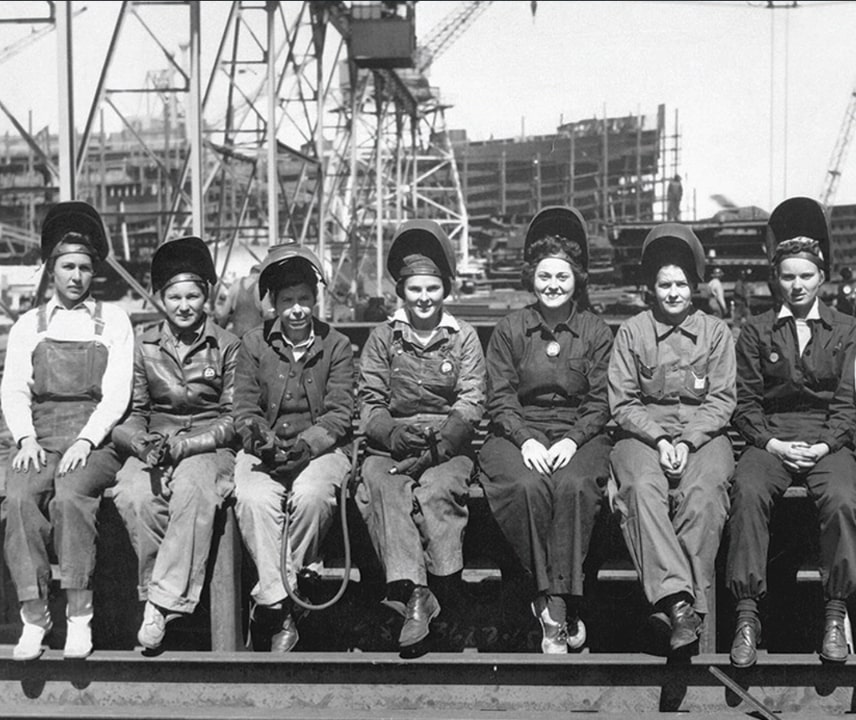
Explore over 330 years of newspapers and historical records in GenealogyBank. Discover your family story! Start a 7-Day Free Trial
Note on the header image: Chrysler Motor Car Company tank plant in April 1941. Credit: Detroit Free Library.
Related Articles:
